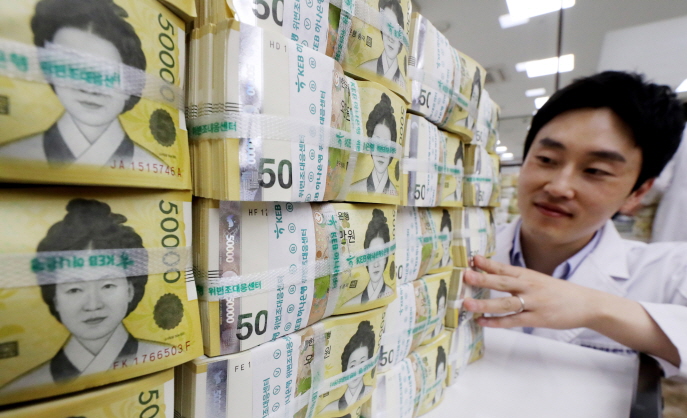SEOUL, Nov. 26 (Korea Bizwire) — South Korean banknotes have different lifetimes depending on their face value, with larger bills outliving the smallest bills by up to three times due mostly to the frequency of their use, a central bank report showed Tuesday.
According to the report from the Bank of Korea (BOK), the country’s largest denomination bills, 50,000-won notes, had an average lifetime of 162 months this year, compared with 127 months for 10,000-won bills and 53 months for 1,000-won bills.
The lifetime of a banknote is the span of time between the note’s printing and its destruction due to damage.
Generally, the life span of banknotes depends on the quality of the material they are printed on and how often they are used, as well as how they are treated in daily use, the BOK said.
“The 1,000-won bills and 5,000-won bills had relatively shorter lifetimes due to their frequent use,” it said, adding that 76.7 percent of all purchases of less than 10,000 won involved cash in 2017.
The 5,000-won bills had an average lifetime of 49 months this year.
The 10,000-won and 50,000-won bills, on the other hand, had much longer lifetimes as they are more frequently used as a means to store value.
In a 2018 survey, 79.4 percent of cash reserves held by local entities were found to be in 50,000-won bills, according to the BOK.
(Yonhap)







